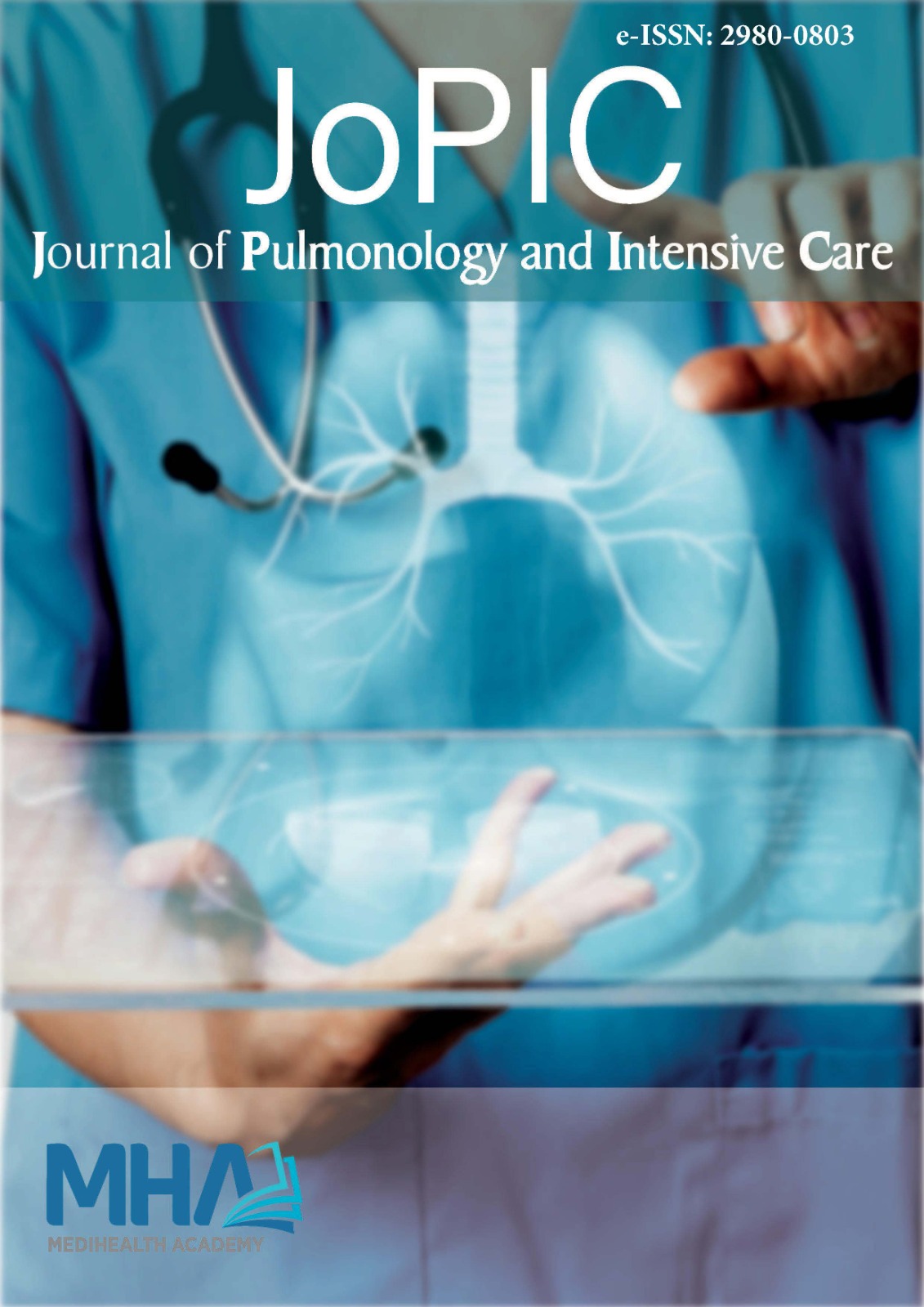1. TC. Sağlık Bakanlığı. Pnömokonyozlarda sağlık gözetimi, klinik tanı,kayıt, bildirim ve izlem protokolü. 2021;1190(1):128.
2. Li Y, Cheng Z, Fan H, Hao C, Yao W. Epigenetic changes and functionsin pneumoconiosis. Oxid Med Cell Longev. 2022;20(22):2523066. doi:10.1155/2022/2523066
3. Chong S, Lee KS, Chung MJ, Han J, Kwon OJ, Kim TS. Pneumoconiosis:comparison of imaging and pathologic findings. Radiographics. 2006;26(1):59-77. doi:10.1148/rg.261055070
4. Nguyen JA, Salmi D. Educational case: pneumoconiosis. Acad Pathol.2021;11(8):237428952 11013530. doi:10.1177/23742895211013530
5. Demir C, Demir AU, Evcik E. Çalışma yaşamında pnömokonyoz. 2022.Çalışma ve Sosyal Güvenlik Bakanlığı, İş Sağlığı ve Güvenliği GenelMüdürlüğü ISBN: 978-625-8097-00-9.
6. Bell JL, Mazurek JM. Trends in pneumoconiosis deaths - United States,1999-2018. MMWR Morb Mortal Wkly Rep. 2020;69(23):693-698. doi:10.15585/mmwr.mm6923a1
7. Su X, Kong X, Yu X, Zhang X. Incidence and influencing factors ofoccupational pneumoconiosis: a systematic review and meta-analysis.BMJ Open. 2023;13(3):1-12. doi:10.1136/bmj open-2022-065114
8. Chen J, Ye S, Mao L, Xie W, Nie H, Su M. Characteristics and factorsassociated with morbidity of migrant workers with pneumoconiosis:a cross-sectional study. BMJ Open. 2022;12(11):064596. doi:10.1136/bmjopen-2022-064596
9. Roth GJ. Global burden of disease collaborative network. globalburden of disease study 2017 (GBD 2017) results. Seattle, United States:institute for health metrics and evaluation (IHME).Lancet.2018;392(1):1736-1788.
10. IHME. Global burden of disease (GBD). Accessed. 2024. https://www.healthdata.org/research-analysis/about-gbd
11. Zhao JQ, Li JG, Zhao CX. Prevalence of pneumoconiosis among youngadults aged 24-44 years in a heavily industrialized province of China. JOccup Health. 2019;61(1):73-81. doi:10.1002/1348-9585.12029
12. Barber CM, Fishwick D, Carder M, van Tongeren M. Epidemiology ofsilicosis: reports from the SWORD scheme in the UK from 1996 to 2017.Occup Environ Med. 2019;76(1):17-21. doi:10.1136/oemed-2018-105337
13. TÜİK. Turkiye i·statistik kurumu merkezi dağıtım sistemi, accessed.2024. https://biruni.tuik.gov.tr/medas/?kn=95&locale=tr
14. Kurth L, Casey ML, Mazurek JM, Blackley DJ. Pneumoconiosisincidence and prevalence among US medicare beneficiaries, 1999-2019.Am J Ind Med. 2023;66(10):831-841. doi:10.1002/ajim.23519
15. Duan Z, Zhou L, Wang T, Han L, Zhang J. Survival and disease burdenanalysis of occupational pneumoconiosis from 1956 to 2021 in jiangsuprovince. J Occup Environ Med. 2023;65(5):407-412. doi:10.1097/jom.0000000000002795
16. Li J, Yin P, Wang H, et al. The burden of pneumoconiosis in China:an analysis from the Global burden of disease study 2019. BMC PublicHealth. 2022;22(1):1114. doi:10.1186/s12889-022-13541-x

